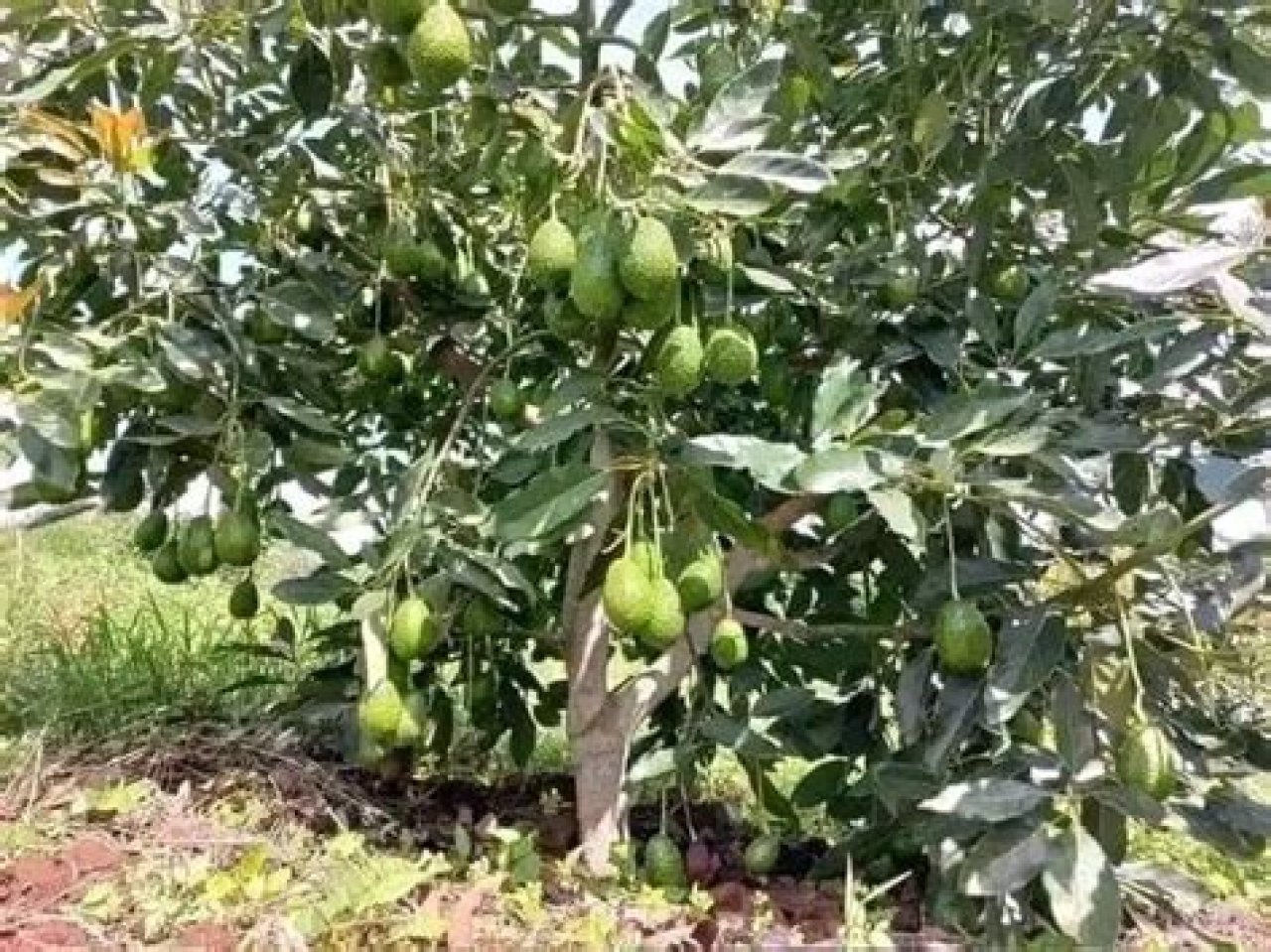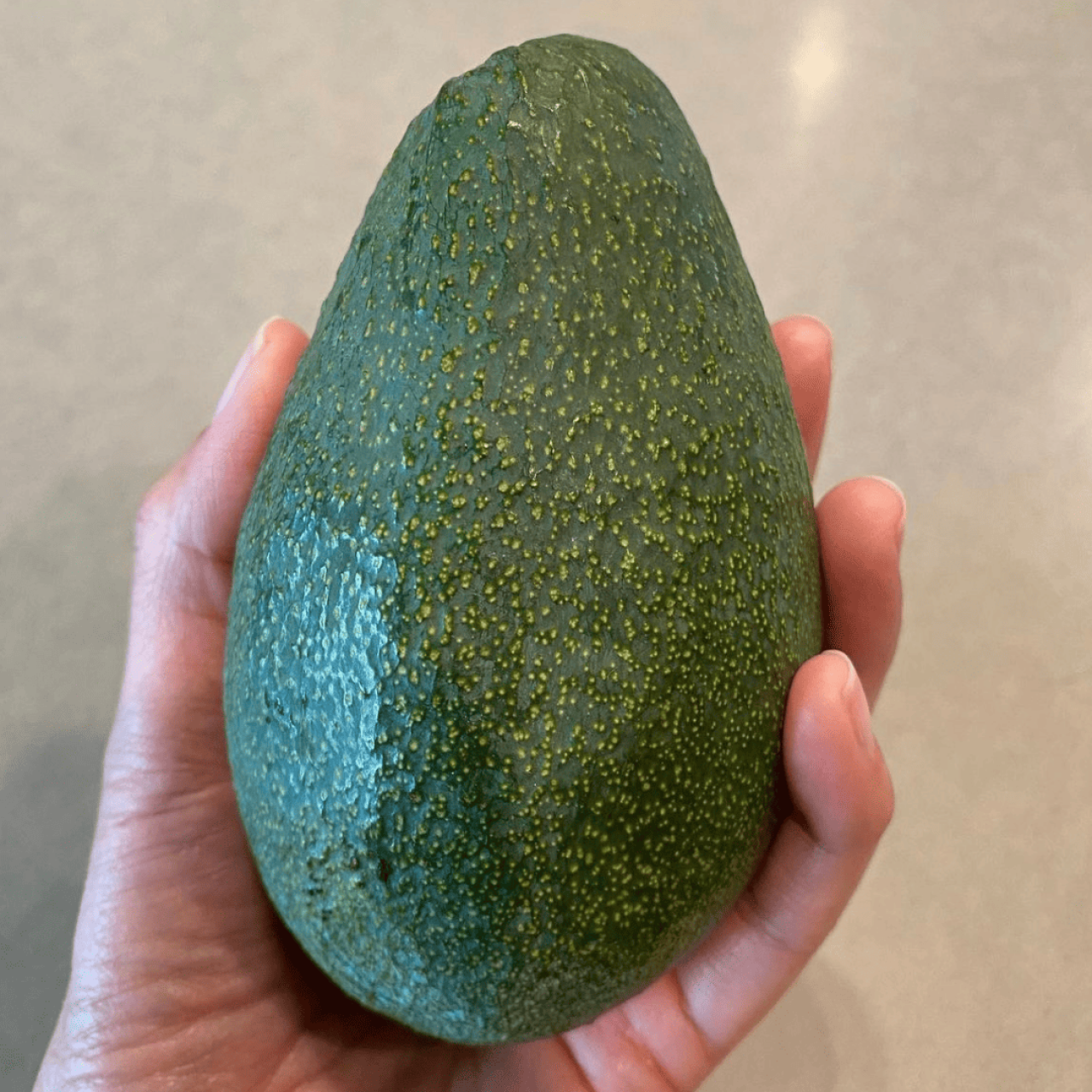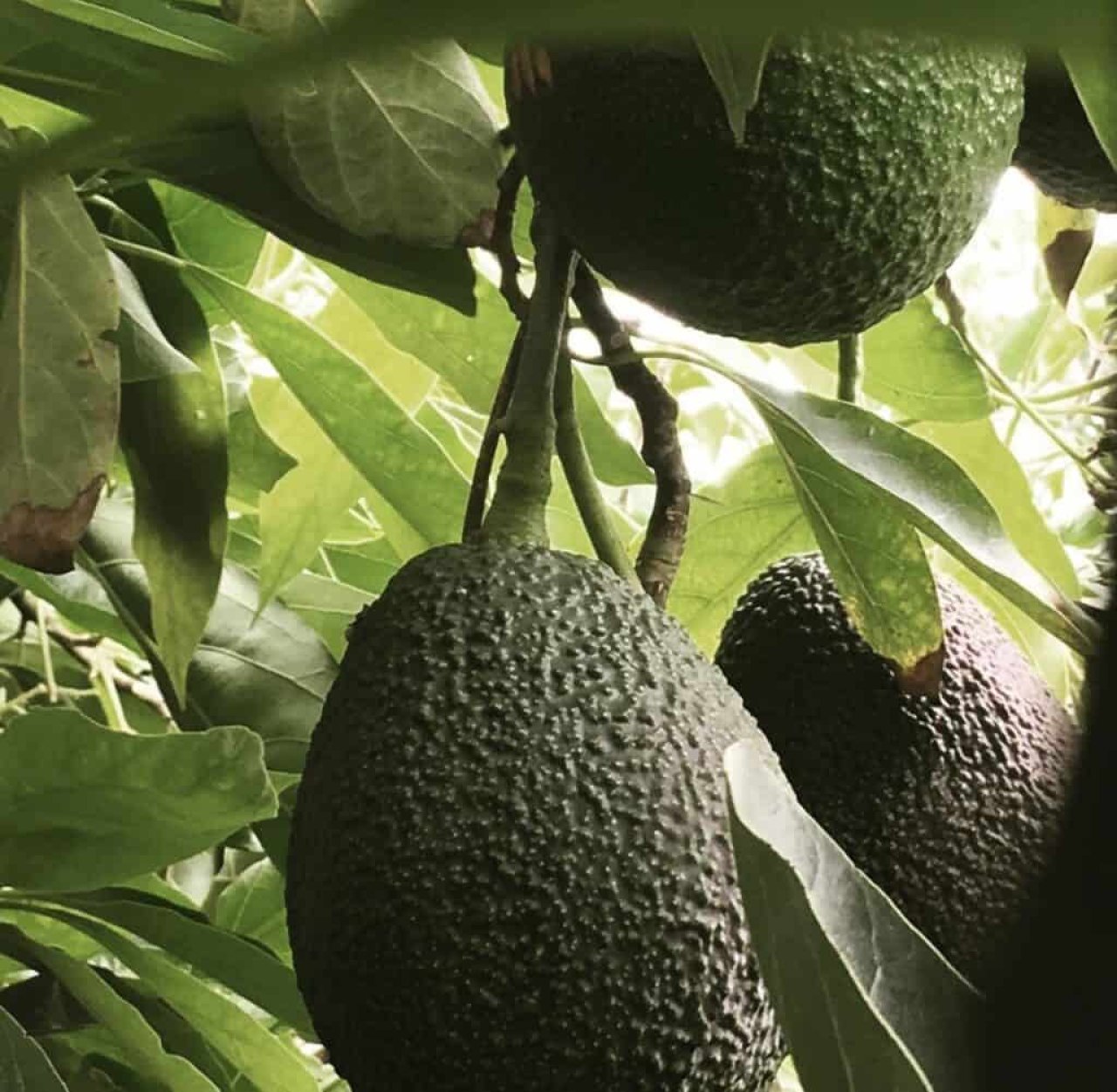AVOCADO FARMING IN KENYA FOR EXPORT



Avocado Farming in Kenya:
Introduction
The avocado (Persea americana), native to the Americas, thrives in Kenya due to its favorable climate. It is highly nutritious, rich in protein, oil, potassium, fiber, and vitamins B6, C, D, and E. The fruit is consumed fresh, in salads, soups, and ice cream, and is also processed into oil, perfumes, and paste.
Tree Characteristics
Avocado trees can grow up to 9–18 meters tall with a trunk diameter of 30–60 cm. The leaves are dark green, glossy, and vary in shape, while the small pale-green flowers form in racemes.
The fruit varies in size (7–20 cm long, up to 15 cm wide) and shape (pear-shaped, oval, or round). The skin may be smooth or rough, colored yellow-green, dark green, reddish-purple, or nearly black. The flesh is yellow-green, buttery, and has a nutty flavor. A single seed, 5–6.5 cm long, is enclosed in brown papery seed coats. Some fruits may be seedless due to pollination issues.
Major Avocado-Growing Areas in Kenya
Avocado thrives in high-altitude regions with well-drained soils and sufficient rainfall. The key production areas include:
- Central Kenya – Murang’a, Kiambu, Nyeri,Kirinyaga, some parts of laikipia and Nakuru
- Rift Valley – Nakuru, Bomet
- Eastern Kenya – Embu, Meru,Nthraka Nithi
- Machakos County – Kangundo, Mua Hills, Kathiani, some parts of machakos
- Kisii county -Kisii
Varieties Grown in Kenya
Kenya produces several avocado varieties, the main ones being:
- Fuerte – Thin-skinned, green, pebbled, pear-shaped, and excellent for export.
- Hass – Medium-sized, rounded, rough-skinned, black fruits; popular for export.
- Nabal – Green fruit with a good flavor.
- Puebla – Deep purple to maroon, round fruit, often used as rootstock.
- Other varieties – Reed, Simmonds, Booth 7 & 8, Pinkerton, Bacon, Lula, Taylor, Choquette (jumbo type), Entenger, G755, Tonnage, and Zutano.
Climatic Requirements
- Temperature – Optimal temperatures range between 25–28°C, with a maximum of 30°C. Above 35°C, fruit yield and size are negatively affected.
- Rainfall – Avocados require at least 1,000 mm of rainfall annually, well distributed. Excessive rain (>1,800 mm) can lead to root rot.
- Humidity – High humidity benefits avocado trees but may cause issues with calcium and boron uptake, affecting fruit quality.
Altitude Requirements
Avocados grow best at altitudes between 1,500–2,100 meters, though they can survive up to 2,500 meters above sea level.
Water Needs
- At least 1,000 mm of rainfall per year is required.
- Supplementary irrigation is needed during flowering and fruit set.
- Excessive rain can cause flower shedding and reduce yields.
Soil Requirements
- Structure & Depth – Deep (at least 1 meter), well-drained, and permeable soils are necessary to prevent root rot.
- pH Levels – The optimal soil pH is 6.2–6.5, but avocados can grow within a 5.0–8.0 range. Gypsum may be required if pH exceeds 6.5.
- Organic Matter – A reasonable organic matter content is beneficial and can be supplemented with mulching and manure.
- Salinity – Avocados are salt-sensitive, especially to high chlorine levels, making them unsuitable for arid or semi-desert areas with saline groundwater.
Avocado Field Operations
Propagation
Avocados are commonly propagated through grafting to ensure uniformity and maintain desirable characteristics. The wedge grafting method is often used, where a scion from a high-yielding tree is attached to a rootstock. This method enhances disease resistance and improves fruit quality.
Planting
-
Land Preparation:
- Clear the land of weeds and debris before planting. A non-selective herbicide can be used to manage weeds.
- Dig planting holes measuring 60cm x 60cm x 60cm to provide adequate space for root growth.
- Fill the holes with a mixture of topsoil, well-decomposed manure, and a phosphorus-rich fertilizer to promote root development.
- Incorporate organic soil enhancers to improve nutrient uptake and root establishment.
-
Planting Procedure:
- If the soil is dry, water the holes before planting.
- Place the grafted avocado seedlings at the same depth they were in the nursery, ensuring the graft union remains about 30cm above ground level.
- Water the seedlings immediately after planting.
- Provide shade and windbreaks to protect young plants from sunburn and strong winds.
Spacing
- The recommended spacing for pure avocado stands is 9m x 9m, but adjustments can be made depending on soil fertility and variety.
- In sandy or light soils, trees can be spaced at around 7.5m x 7.5m, whereas in deep, fertile soils, spacing of 10m x 10m may be necessary.
Maintenance Practices
-
Pruning:
- Remove suckers and dead branches to enhance air circulation and light penetration.
- Maintain trees at a manageable height (5-8 meters) for easy harvesting and disease control.
- Pruning should be done carefully to minimize sunburn risk.
-
Weeding:
- Keep the area around the trees free from weeds to reduce competition for nutrients and moisture.
- Manual weeding or selective herbicide application can be used to manage weed growth.
Pest Management
Avocado trees are susceptible to various pests, including:
- Fruit Flies: These pests lay eggs under the skin of ripening fruit, leading to internal damage and premature fruit drop.
- Moths: Some caterpillars bore into fruits, causing internal decay and loss of market value.
- Thrips: These tiny insects feed on leaves and fruits, leaving silvery scars and reducing fruit quality.
- Scales: These sap-sucking insects weaken the tree by feeding on leaves, leading to sooty mold formation and reduced photosynthesis.
- Spider Mites: They cause leaf discoloration and premature defoliation, affecting overall tree vigor.
- Bugs & Beetles: These insects pierce fruits and leaves, causing deformities and scarring.
Control measures include:
- Regular monitoring of pest populations.
- Applying insecticidal sprays at appropriate intervals.
- Using organic or biological control methods to reduce reliance on synthetic pesticides.
- Practicing good field hygiene by removing infested fruits and fallen debris.
Disease Management
Common diseases affecting avocado trees include:
- Root Rot: This disease causes yellowing leaves, dieback, and eventual tree death. Proper drainage and resistant rootstocks help manage it.
- Anthracnose: A fungal disease that causes sunken black spots on ripening fruit, reducing market value. Proper pruning and postharvest treatments help minimize its impact.
- Scab & Cercospora Spot: These diseases affect young leaves and fruits, causing rough, corky lesions. Regular monitoring and foliar sprays can help manage them.
- Stem End Rot: A postharvest disease that begins at the stem, leading to internal rotting. Proper harvesting techniques and postharvest treatments help prevent losses.
- Bacterial Soft Rot: Causes a darkened metallic sheen and foul-smelling decay in fruits. Proper sanitation and use of copper-based treatments can reduce its occurrence.
Nutrient Management
To achieve high yields, avocados require balanced nutrition through:
-
Basal Fertilization:
- Applying phosphorus-based fertilizers at planting to promote root development.
- Using nitrogen-rich fertilizers during vegetative growth to enhance canopy development.
- Potassium application during flowering and fruiting to improve fruit quality.
- Incorporating organic matter to improve soil health.
-
Foliar Fertilization:
- Supplements both macronutrients and micronutrients by spraying liquid fertilizers on leaves.
- Enhances nutrient absorption, especially during periods of stress or nutrient deficiencies.
To improve fertilizer efficiency, a spreader or sticker may be added to foliar applications.
Harvesting & Postharvest Handling
-
Harvesting Time:
- Avocados mature 5-10 months after flowering, depending on variety and climate.
- Since avocados do not ripen on the tree, fruits should be harvested when they reach full size but remain firm.
-
Maturity Indicators:
- Dark-skinned varieties change from green to dark.
- Green-skinned varieties develop a smoother texture and may form corky spots.
-
Harvesting Method:
- Use clippers for low-hanging fruits and a long-handled picking pole for higher fruits.
- Avoid picking immature fruits as they will not ripen properly.
-
Ripening & Storage:
- Avocados ripen within 4-5 weeks at room temperature.
- Once ripe, they can be stored in refrigeration for 2-3 days to prolong shelf life.
- For export, fruits should be stored at temperatures between 4-13°C to prevent chilling injury.
-
Handling & Packaging:
- Avocados should be carefully handled to prevent bruising.
- They are packed in single or double-layer cartons for transport.
- Proper padding is necessary to prevent damage during shipping.
Best Practices & Recommendations
- Rotate pest and disease control products to prevent resistance buildup.
- Protect pruned trees from sunburn by ensuring adequate foliage cover.
- Provide irrigation in low-rainfall areas to support tree growth and fruit development.
- Maintain good field hygiene by removing fallen fruits and pruning debris.

